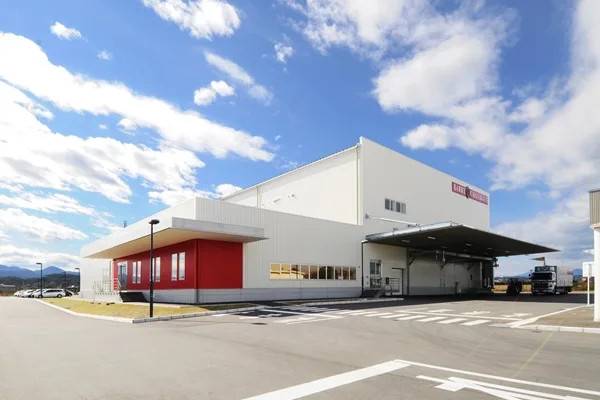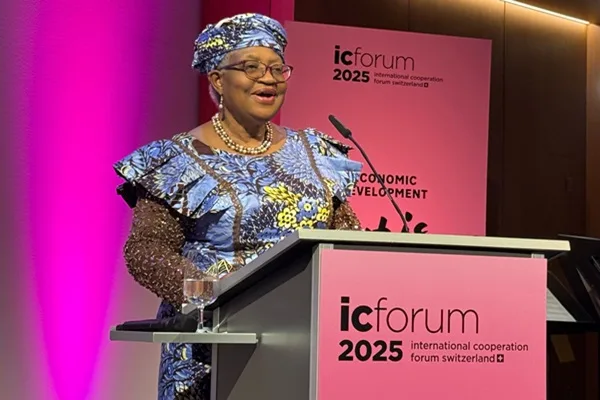WTO DG Okonjo-Iweala Nudged Chocolate Makers to Localize Production in Africa at International Cooperation Forum 2025
During the International Cooperation Forum 2025 (#ICF2025) which was held in Zurich, Switzerland, from 27 to 28 February 2025, WTO Director-General Ngozi Okonjo-Iweala egged on chocolate makers to localize production in Africa. Currently, Africa accounts for 75% of the global cocoa production, which is the key ingredient in the making of chocolate but takes home less than 10% of the final price of chocolate sold to consumers.
The top African countries which grow cocoa are Cote d’Ivoire, Ghana and Cameroon. The cocoa nut is first transformed into butter or powder. The cocoa butter or powder is then used as an ingredient in a variety of chocolates.
It is estimated that the global market for chocolate is worth some USD 130 billion, but only a minuscule proportion of the profits does actually trickle down to the planters in Africa. Therefore, it is not surprising that Africa is calling for more Local Value Addition (#LVA) and the localization of production of end-user products on the continent.

As a case in point, Swiss firm Barry Callebaut is one of the largest chocolate makers in the world. It does have factories in Cote d’Ivoire and Cameroon which output cocoa butter or powder, but not chocolate. Moreover, out of the 2.1 million tonnes of cocoa grown in Cote d’Ivoire, only 675,000 tonnes were transformed locally into butter or powder. The rest of the unprocessed cocoa nut was exported mainly to Malaysia or the Netherlands for processing and reselling up the value chain.
The winds of change seem to be blowing in the chocolate industry. Barry Callebaut announced an #FDI of USD 30 million for a chocolate factory in Egypt to serve the local and regional markets back in October 2024. Similarly, in June 2024, French chocolate maker Olivier Bordais launched the construction of a chocolate factory in Cameroun with an initial investment of USD 1.6 million.
Experts note that the localization of chocolate production may not be a piece of cake, so to speak. Firstly, chocolate making required integrity of the cold chain with stable and affordable electricity supply, which many African countries still lack. Other point to the Ease of Doing Business (#EDB) which may not be the best in terms to attract investors.

From the consumer perspective, the market for chocolate is mainly in Europe with 61% of the global consumption, while Africa only accounts for 2%. Producing in Africa may be closer to the raw materials, but Africa is far from the main markets, leveling out any economic gains from the localization of production in Africa.
Nevertheless, drilling down into the country level in Africa, some countries do offer an attractive prospect. Thus, South Africa is the largest importer of chocolate with USD 126 million, while Morocco imported for USD 101 million. Combined with Nigeria, Egypt and Mauritius, these five African countries represent nearly 98% of the chocolate imported into Africa.
Nevertheless, as Africae economies grow, they tend to develop a taste for chocolate. At the end of the day, it will be a business decision to evaluate if localization production in Africa is worthwhile.

